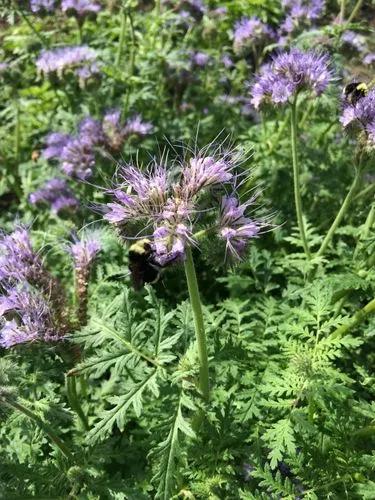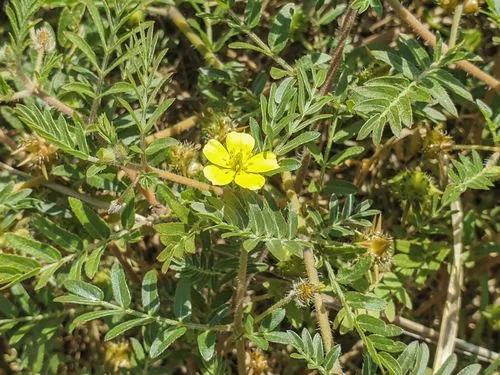Prunus × cistena, commonly called purple-leaf sand cherry, is an upright deciduous shrub that typically grows 6-10’ tall and 5-8’ wide. It also may be trained as a small tree. It is most noted for its reddish purple foliage that retains good color throughout the summer. Prunus × cistena, commonly called purple-leaf sand cherry, is an upright deciduous shrub that typically grows 6-10’ tall and 5-8’ wide. It also may be trained as a small tree. It is most noted for its reddish purple foliage that retains good color throughout the summer.
Purplelead Sand Cherry Care
Prunus × Cistena



How to Care for the Plant

Water

Fruit plants, and nut trees as well, need a certain amount of time spend dormant in temperatures from about 32 to 40 degrees Fahrenheit (0 to 4.5 Celsius) in order to develop flowers and fruit in the spring, summer, and fall.

Pruning

Pruning should be done as needed after the flowers come in spring in order to maintain a tighter oval shape. Begin by trimming the oldest stems first, removing about a third of the existing growth, and leaving a few inches of the trunk exposed at the base. Always remove any branches or twigs that are damaged or dead. If desired, tighter pruning can be done to evoke the feel of an ornamental hedge.

Fertilizer

Well preferably in the spring for younger trees and mid summer for established ones.

Sunlight

They prefer a good, well-drained soil enriched with lots of organic matter, which holds plenty of moisture in spring and summer, doesn't dry out or become waterlogged. They will grow in most soils types, especially chalky and alkaline soils.

Soil

A common recommendation is to fertilize cherry trees once year, applying a low-nitrogen fertilizer such as 5-10-10 in early spring, about a month before bloom.

Temperature

Cherry Blossoms are flexible; plant in multiple exposures. Full sun, partial shade, or mostly shady locations will all work.

Container

During the first season, Cherry Blossom Trees require moderate watering care, preferably once a week for 30 minutes or to a depth of 18 inches. Once established, simply water once every two to three weeks.

Popularity

80 people already have this plant 12 people have added this plant to their wishlists
Discover more plants with the list below
Popular articles






